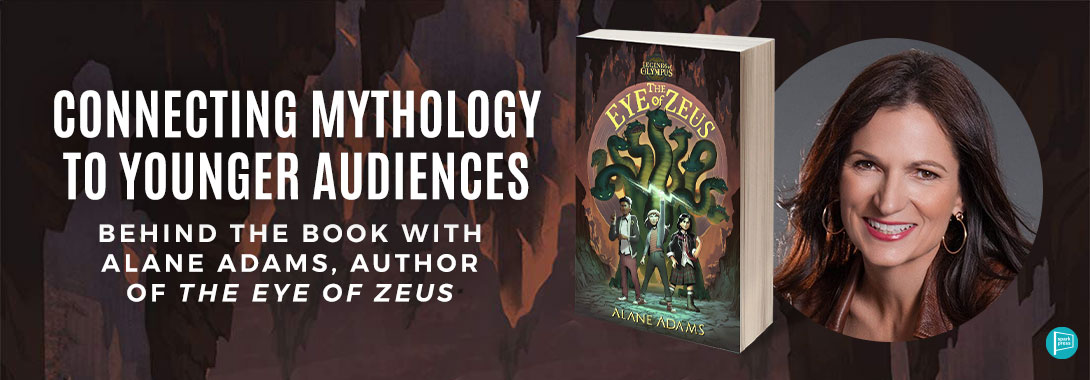
Since the dawn of time, when mankind first began telling stories around hearth fires, ancient tales have circulated of powerful gods and goddesses and their fantastic feats. Mythological tales have persisted over the centuries, long after the civilizations that created them ended, because they hold an enduring fascination for us. The stories seem to answer a primitive need inside us to connect with greater powers and relive a time when there was true magic in the world. Over the years, many popular series have evolved from mythology. The Lord of the Rings series evolved from Norse mythology. The famed Percy Jackson series made Greek mythology popular again. Even the ever popular Marvel movies featuring a slew of superheroes connects back to ancient stories by interweaving gods like Thor and Loki into their tales.
These ancient myths were often dark and complex tales, filled with violence and gruesome events not suitable for children. One of the most famous tales in Greek mythology is the story of Zeus, who’s father was so worried his children would overthrow them that he ate them all as they were born! It was his mother Rhea, who devised a plan to save the last of them, Zeus, by wrapping a stone in a blanket and feeding it to her husband. Years later, Zeus would find a way to make his father disgorge his siblings basically by poisoning him. Families!
In spite of their gruesome or unpleasant nature, authors love to bend these ancient tales to make them suitable for children. Using mythology in your story is a great way to create familiar characters that have powers on the level of deities. To make them suitable for children, authors typically leave out some of the more unpleasant aspects of the tales and instead, focus on the more benign or heroic aspects. When a mythological character has well-defined powers and characteristics, it is critical to stay true to them or it will feel inauthentic. Zeus wields a lightning bolt—it wouldn’t be a good idea to get creative and decide he’s going to carry a trident around—that belongs to Poseidon. Readers are usually basically familiar with the tales—so its important authors reflect the essential nature of the mythological characters while at the same time bending them to fit within your stories. Young children don’t want to read about gods eating their own children! But it is easy to set up the conflict in characters and focus on their role in your particular story.
In the Norse mythology series I write, the Legends of Orkney, it was really fun to weave in elements that were iconic pieces of Norse history while making them new. One of the familiar stories in Norse myth was that of Loki and his relationship to Odin, which was quite complicated because while on the one hand, Odin looked at Loki as a sort of brother, on the other, the trickster usually was up to no good. In fact, his carelessness led to the death of Odin’s beloved son Baldur. I loved this story and was excited to weave it into my series and explore it further. Loki was certainly a difficult character to like, but his actions were often wrong for the right reasons. Or impulsive. But was he really all bad? By exploring his character and his motives, I could create a storyline that brought Odin and Loki back together again and attempt to restore the wrongs each had done to the other.
As an author of mythology based stories, I have to say, the most fun part is to take a well-known story and find a way to spin it into an entirely new tale—asking what if in this exact moment in time, things had taken a turn? and then letting my reader see how that new journey unfolds.
My newest series, Legends of Olympus, is a great example of taking a familiar myth and turning it on its head. In this case—I asked a simple question—what if Perseus, he of ancient myth who one day chops off Medusa’s head—had been born with a twin sister? Perseus had been given a prophecy before he was born that promised he would one day kill his own grandfather—who happened to be King Acrissius! Needless to say, the king didn’t like to hear this, so he banished his daughter and the child. The story of Perseus is well known, but I wondered what it would be like to be in a similar situation but have a completely different story. Hence, in the Eye of Zeus we learn that Phoebe is actually the twin sister to Perseus and has her own prophecy—one that says she might one day destroy Ancient Olympus. In my view, the best way to connect these ancient and sometimes dry stories to young readers is to make them exciting again by adding new layers of excitement by associating them with modern stories.

Leave A Comment